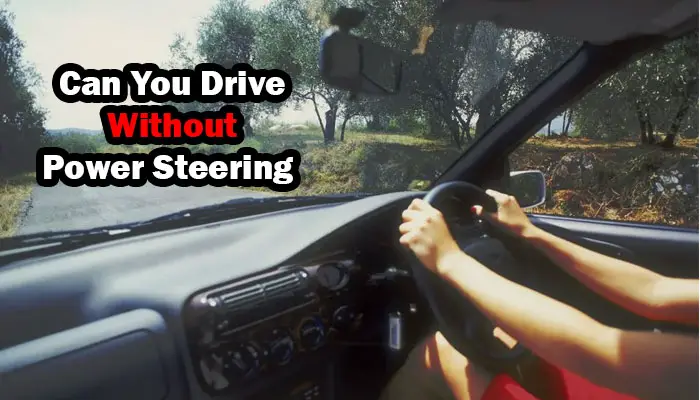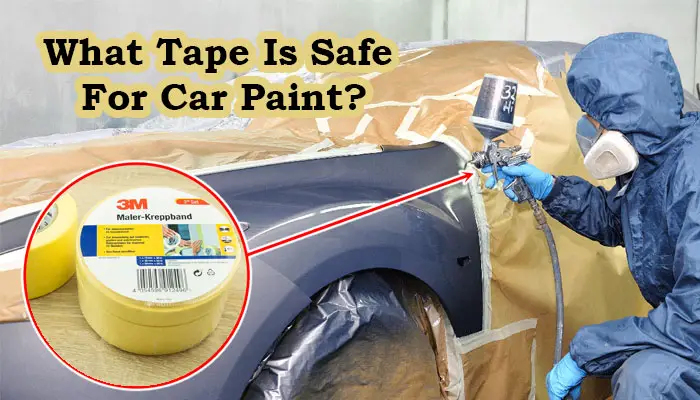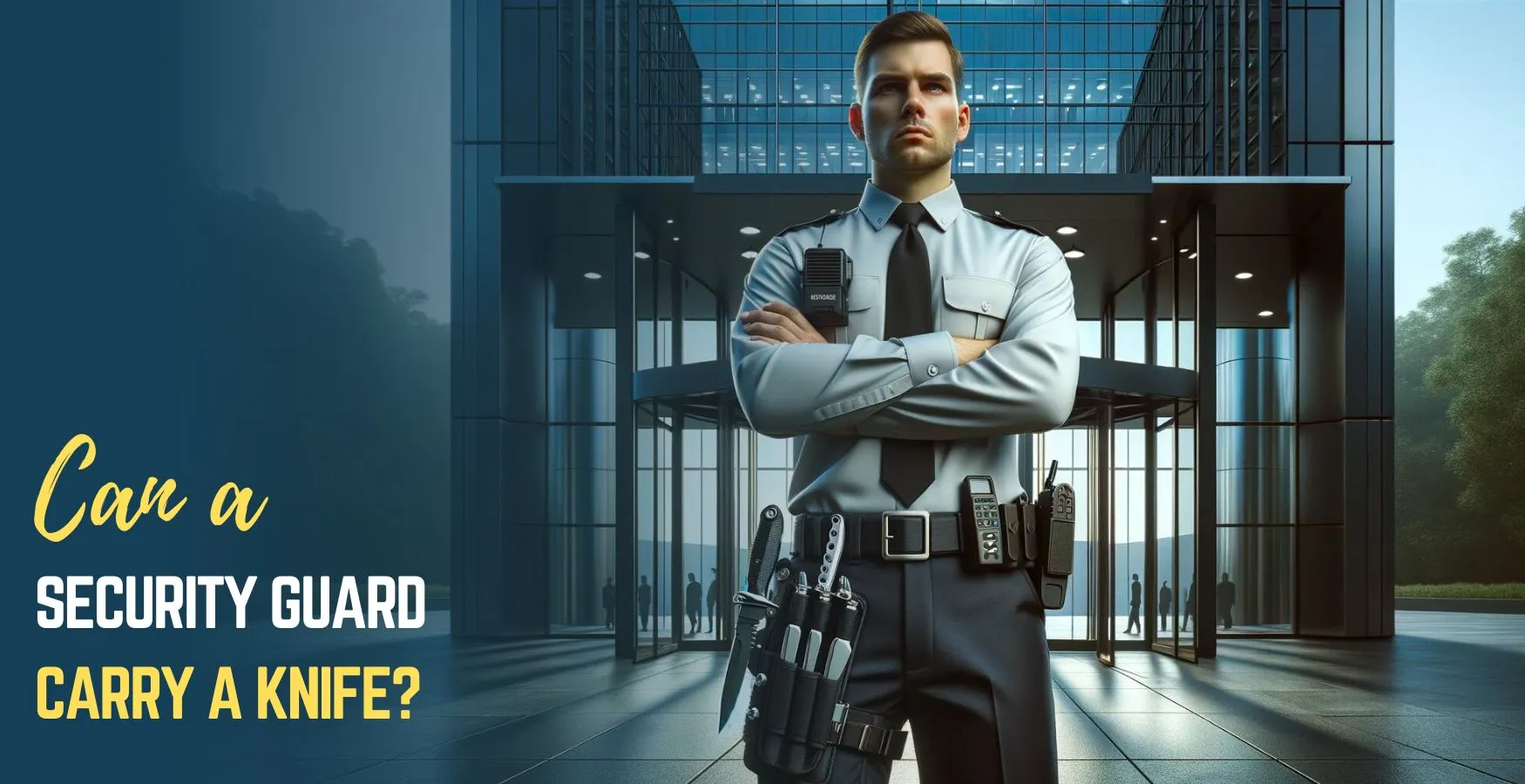Student Driver Signs Illegal or Not? Crash Causes
- By Infoik
- 07 Oct, 2021
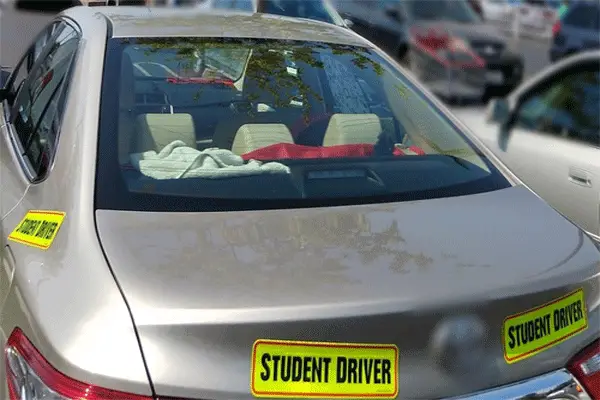
Student Driver Signs Illegal or Not? Crash Causes
After attending driving school, most states require that your child continues practicing with an adult of legal age. This responsibility usually falls onto your mom and dad who are the parents in charge– but all teens should consider investing for peace of mind during lessons because they’ll get more out it than just about anyone else! A magnetic sign can help ease any nerves or stress associated while relaxing at home before heading back into traffic again.
The student driver car magnets help other motorists drive more defensively while near your vehicle. You’ll be able to spot them from a mile away and they are especially great if you have kids in the backseat! Plus, these decals won’t get lost on bumpy rides or awkward moments with friends who don’t know how old is too old when it comes time for games of chicken at prom night.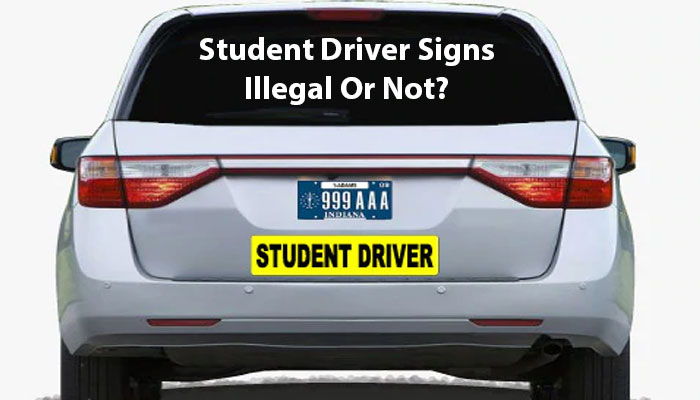
There are many questions asked about student driver signs. The most popular one is whether they’re exclusively for Driver Education Instructors and if you can legally use them while your child is logging hours behind the wheel in their state, but there’s no law against a sign on your vehicle reading “student driver.”
New drivers and teens can upgrade their licenses with the help of a driving instructor, but they need more than just guidance. There are cards that work as both an informative tool for parents looking to continue lessons after driver education class is over; or alternatively, it serves equally well as materialistic rewards given upon completion such as rookie magnet set attainable through online retailers like Amazon Prime Now!
When you’re looking to buy a new sign for your student driver or just want some stickers, the best place is online. Local stores charge higher prices and won’t have as many deals on these items compared with an amazon or Ebay store that specializes in signs specifically made for drivers!
Should I put a student driver sign on my car?
If you’re a student driver, then it is imperative that the other drivers around know your location and speed. This way they can be aware of any vehicles or obstacles in close proximity to them when oncoming traffic approaches- so no need for worry!
Why are there student driver stickers?
The answer from the newspaper’s transportation unit: concerned parents who want other drivers to cut their teens some slack when behind the wheel and be prepared for an emergency. The Mercury News article notes such signs are good sellers, so it makes sense that many people would feel this way about safety around students-especially in light of all the dangerous driving stats!
Top Reasons why Student Drivers Fail Their Driving Tests
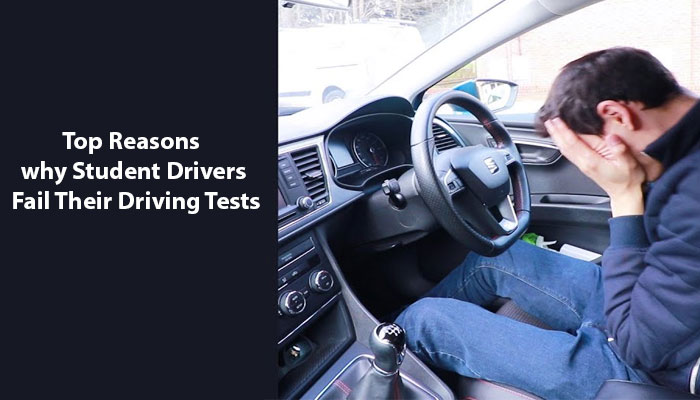
For many Americans, the driving test is a final obstacle that allows them to become free and independent. However, it can seem like an impossible task when you’re new at taking these tests because there are so many rules of traffic safety that one must follow to pass and stay alive while behind the wheel!
Did you know that there are laws for teens and driving? The Teen Driving site from NHTSA provides essential information on laying down the rules with your aspiring driver before handing over car keys. In addition, find in-depth discussions about common safety problems they should avoid, like alcohol use or not wearing a seat belt, and benefits such as helmet mandated by law if under age 18 (in some states).
SPEEDING
Speeding is a crucial security issue for teen drivers, particularly those just getting started on the street. Research by The Governors Highway Safety Association determined that from 2000 -2011 there were 19447 speeding-related accidents involving teens, which resulted in 1210 deaths and 4500 injuries!

There’s also evidence drawn from naturalistic driving studies, which suggests their behavior increases over time due to gaining confidence or seeing little success when tried earlier on!
Risk Factors
Teens aren’t able to have the same level of driving ability as adults. As a result, they might not know how far they can go or what kind of car is best for them; all this takes away from their independence and sense that something’s missing in life because there isn’t any fun stuff around!
Teaching teens about safe practices while also giving them freedom – like teaching a toddler how well behaved he needs to be at church–is essential if we want our young people on track towards becoming responsible drivers who stay out of trouble but still enjoy themselves behind the wheel (hopefully).
Fifty republics and the District of Columbia have a three-stage graduated driver licensing (GDL) system, limiting high-risk driving situations for new drivers. This approach can reduce your teen’s crash rate by as much as 50%.
DRUNK DRIVING AND DRUGS
Drinking whiskey below the age of 21 is illegal in every state–inside or outside a vehicle. Drunk-driving laws are forever strictly enforced, and several states have zero-tolerance policies for substances like marijuana which could lead to automatic license suspension if detected. So let your teen know: Law enforcement officers will be able to test them too!
Teens are also likely than anyone else to be killed in an alcohol-related crackup. Every year, about 1 out of 10 teens is involved in a car accident where the driver has been drinking, which puts them at risk for injury or death when their risky behavior has deadly consequences! In addition, drugs other than ethanol may affect your teen’s driving abilities, so talk with them about how these substances can impact their ability behind the wheel.
Your youngster will face the results of breaking the law if they are lucky enough to survive a car accident as an impaired driver. Those include jail time, losing their license, and expensive fees like attorney’s fees; court costs are also on top of that list for parents who must spend thousands in expenses when dealing with child Beverage Use Education program (BUEP).
Not only can you not go back into school after being convicted under these circumstances—you might lose scholarship awards too!
The consequences of breaking laws on drunk and drugged driving are harsh. Therefore, you need to share this fact sheet with your teenagers so they know the risks associated with these behaviors before it becomes too late!
SEAT BELTS
Seat Belt Use is Most inferior among Teen Drivers
The majority of youngsters involved in fatal crackups are unbuckled. In 2019 45% of teen drivers who died were not wearing their seat belts, and when they did pass, it was nine out ten times that passengers nearby also weren’t using them either!
Teens may think that they are invincible or can somehow avoid the consequences of their actions. They might have a false notion about deciding whether or not wearing seat belts is necessary for them- this could lead teens into dangerous situations where there were previously none!
Incomplete Stops
Braking is one of the essential things you can do for your safety while driving. You will be tested on how well you stop at a red light during emergencies like an accident or if there’s debris in front of us, otherwise known as “stop-and-go.” A quick google search told me that improper brakes are harsh and rough, which could lead to failure during any test, so keep this rule simple: put both feet onto the ground!

Braking is an essential part of the driving test. To avoid overshooting your mark and crashing, you must be able to smoothly come to a stop without any harsh noises or vibrations emerging from under control tires. Unfortunately, many improper ways can lead to failure for this crucial skill; one such way includes using metal objects as squeaky brakes by hitting their rim against the pavement, which creates sound waves when they meet each rock deposited atop another, creating friction at different rates depending upon conditions like weather (snow), dirtiness, etc.).
When you’re driving and need to brake, don’t just stomp on the pedal. Instead, press gently at first in order not to startle other drivers around you who may be slowing down as well–and then gradually increase your pressure as needed while practicing along city streets or even when parking lots have no cars nearby for safety’s sake!
Improper Parallel Parking
The ability to parallel park is one that many experienced drivers have difficulty with. Instead, they would take their time looking for open space then quickly find themselves in a tight spot and unable to move any further because of the car stuck behind them. In several states such as Texas, student license holders are not allowed until they complete this skill-based exam on how well you can properly execute maneuvers like these!
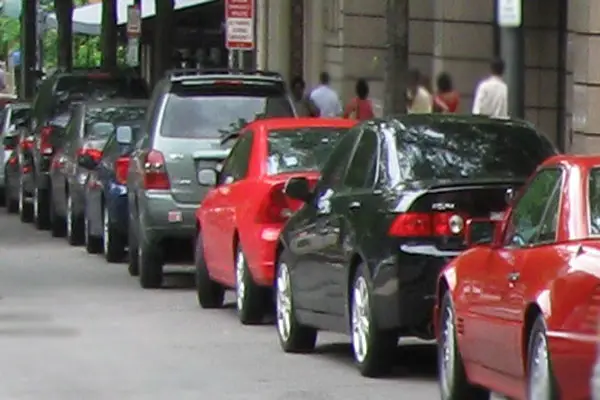
The solution to the headache is parallel parking, as many people know today due to its YouTube videos and online guides for those who want them. It’s essential, though, because not only does this method help you learn how much easier it can be than trying out different spaces or pulling up next to someone else in their lane when your back hits against theirs, but also practicing every day will make perfecting these skills so much faster than if they were just learned once by chance!
What Can I Do to Keep My Teen Driver Safe on the Road?
Get Connected
Understand your state’s GDL law. Share important driving tips with the teen driver in these facts for novice drivers, and set ground rules that respect both of you as parents/guardians, so they know what is expected from them before getting behind the wheel. Be an example – practice safe habits every time!
Why are Texas Rangers so elite?
Ever questioned why it is very difficult to get hired into the Texas Rangers? The show Forensic Files reminded me again about this mystery and enigma surrounding law enforcement in Texas. What do they do differently than any other agency, or are there strict hiring practices that may have something to do with why people don’t want a job as an officer for them. Any light anyone could shed on these questions would be appreciated!!
What Can I Do to Make Sure My Teen Follows the GDL Laws?
In the United States, many states have passed GDL laws to protect teen drivers from dangers on roadways better. However, these tough regulations can be challenging for police officers as they determine your child’s age after 9 p.m., making enforcement easier if you set clear ground rules and consequences beforehand—like using a contract like The Parent-Teen Driving Contract PDF (1.55 MB). But, most importantly: enforce them!



